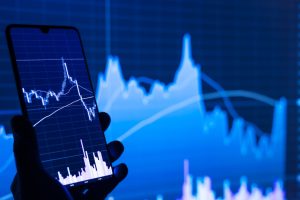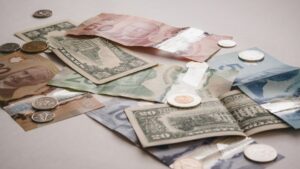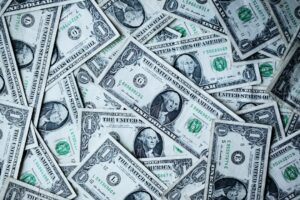The foreign exchange market, also known as forex, is a decentralized global marketplace where currencies are traded. It operates 24 hours a day, five days a week, making it the largest and most liquid financial market in the world. For day traders, understanding the best time to trade forex is crucial to maximize profits and minimize risks.
Unlike other financial markets, such as the stock market, forex does not have a centralized exchange. Instead, trading is conducted electronically over-the-counter (OTC), meaning that transactions are executed directly between participants through computer networks. This allows forex to operate around the clock, with trading sessions overlapping across different time zones.
To determine the best time to trade forex for day traders, it’s essential to consider the market’s liquidity, volatility, and trading sessions. These factors can significantly impact trading opportunities and potential profits.
Liquidity refers to the ease with which an asset can be bought or sold without causing significant price fluctuations. In forex, liquidity is highest when multiple trading sessions overlap. The three major trading sessions are the Asian, European, and American sessions.
The Asian session, often referred to as the Tokyo session, begins at 12:00 a.m. GMT and overlaps with the European session. During this time, the markets in Japan and Australia are open. While the Asian session can be relatively slow in terms of volatility, it provides an opportunity for day traders to analyze and plan their trades for the upcoming sessions.
The European session, also known as the London session, is the most active trading session. It starts at 7:00 a.m. GMT and overlaps with both the Asian and American sessions. The European session is characterized by increased liquidity and volatility, as it involves the trading activities of major financial centers such as London, Frankfurt, and Paris. Day traders often find the London session to be the most profitable due to the higher number of trading opportunities.
The American session, or New York session, begins at 12:00 p.m. GMT and overlaps with the European session. It is the last major session of the day and is characterized by high volatility, especially during the first few hours when it overlaps with the European session. This session is influenced by the trading activities in New York, which is considered the financial capital of the world.
To make the most of their day, traders often focus on the overlapping sessions. The European and American overlap, from 12:00 p.m. to 4:00 p.m. GMT, is particularly attractive as it combines high liquidity and volatility. This period is known as the “power hours” and provides ample trading opportunities, especially for day traders who prefer short-term trades.
However, it’s important to note that the best time to trade forex may vary depending on the currency pairs being traded. Different currency pairs have their own unique characteristics, and some may exhibit more volatility during specific trading sessions.
For example, the GBP/USD pair tends to be most active during the London session, while the USD/JPY pair sees increased volatility during the Asian session due to the trading activities in Japan. Understanding the behavior of different currency pairs can help day traders identify the most favorable trading times for their chosen pairs.
In addition to considering the trading sessions, day traders should also pay attention to economic news releases and events that can impact currency prices. Major economic reports, such as GDP figures, inflation data, and central bank announcements, can cause significant fluctuations in the forex market. It’s advisable for day traders to avoid trading during these volatile periods, as the market can be unpredictable and risky.
In conclusion, the best time to trade forex for day traders is during the overlapping trading sessions, particularly the European and American overlap. These periods offer high liquidity and volatility, providing ample trading opportunities. However, it’s crucial to consider the behavior of specific currency pairs and avoid trading during major economic news releases. By understanding the market’s dynamics and making informed decisions, day traders can maximize their profits and make the most of their trading day.






